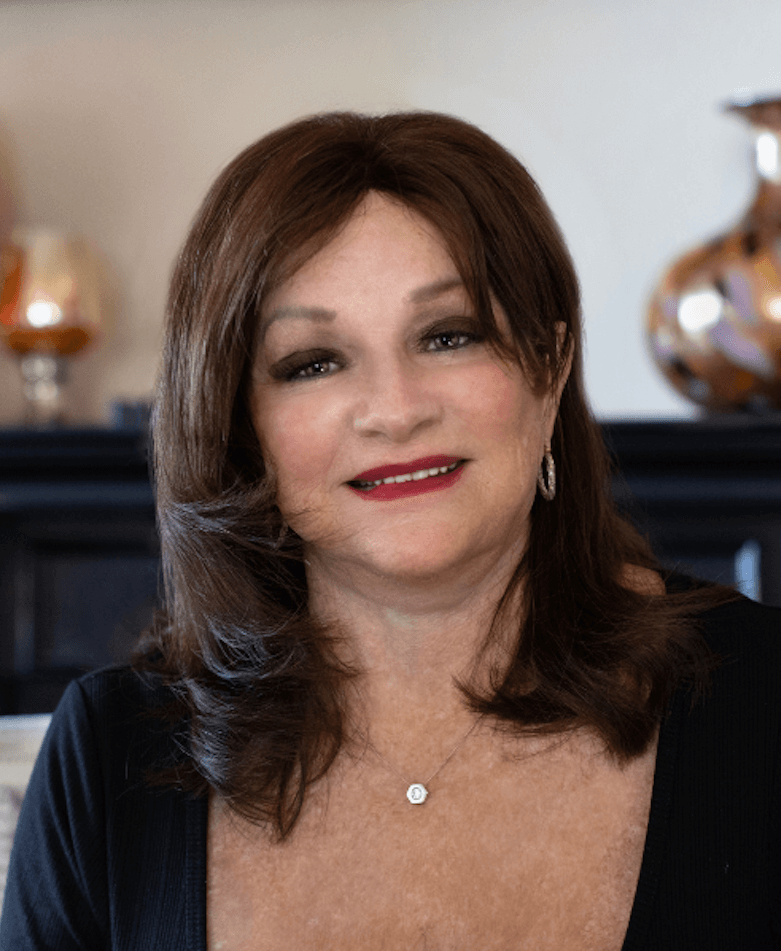Breast Cancer Awareness Month (BCAM) is an annual campaign held in October to increase awareness of breast cancer and to raise funds for research and support services. It was first launched in 1985 by the American Cancer Society and the National Cancer Institute.
BCAM has had a significant impact on women with breast cancer diagnosis. It has helped to raise awareness of the disease and to encourage women to get screened regularly. Early detection is key to surviving breast cancer, and BCAM has helped to increase the number of women who are diagnosed at an early stage.
BCAM has also helped to reduce the stigma associated with breast cancer. In the past, breast cancer was often seen as a taboo subject. However, BCAM has helped to bring the disease into the open and to make it easier for women to talk about their experiences. This has helped to create a more supportive environment for women with breast cancer.
Finally, BCAM has helped to raise funds for research and support services. These funds have supported the development of new treatments and therapies, as well as programs that provide support and assistance to women with breast cancer and their families.
Overall, BCAM has had a positive impact on women with breast cancer diagnosis. It has helped to raise awareness of the disease, to encourage early detection, to reduce the stigma associated with breast cancer, and to raise funds for research and support services.
Here are some specific examples of how BCAM impacts women with cancer diagnosis:
- Increased access to screening: BCAM helps to raise awareness of the importance of regular breast cancer screening, and it can help women to find affordable or free screening programs.
- Improved treatment outcomes: BCAM helps to fund research into new and better treatments for breast cancer. This has led to improved treatment outcomes for women with the disease.
- Increased support: BCAM helps to raise awareness of the needs of women with breast cancer and their families. This has led to the development of more support programs and services for these individuals.
If you have been diagnosed with breast cancer, there are many resources available to help you. You can talk to your doctor about support groups and other resources in your community. You can also find information and support online from organizations such as the National Breast Cancer Foundation and the American Cancer Society.
The quest for the perfect hair replacement can be an overwhelming endeavor, especially when considering the profound impact of hair loss on self-esteem. In a society that venerates hair as a symbol of youth, beauty, and vitality, it’s only natural to grapple with self-consciousness when confronted with hair loss. However, it’s crucial to remember that self-esteem encompasses various facets of self-worth and confidence. While hair loss may influence your perception of appearance, it should never define your essence. Prioritizing self-care, self-acceptance, and seeking assistance when needed can be instrumental in navigating the emotional challenges associated with hair loss.
Hair loss is a common experience among women over the age of 50, with studies suggesting that up to 50% of women will encounter some degree of hair loss during their lifetime. The causes of female hair loss are diverse and can encompass genetic factors, hormonal fluctuations, stress, illness, medications, and even treatments like chemotherapy or radiation therapy. Some women face mild or temporary hair loss, while others endure severe and permanent conditions that significantly impact their quality of life. It’s not unusual for these women to grapple with self-consciousness and identity struggles as a result of their hair loss.
So, who is more likely to experience hair loss? Women of any age can be affected, but it becomes increasingly common with age, especially post-menopause when estrogen levels decline, potentially leading to hair thinning. Factors like stress, certain medications, and underlying health conditions can exacerbate hair loss, while those with a predisposition to androgens may be more susceptible to female pattern baldness. Women with a family history of hair loss, hormonal imbalances, and medical conditions such as polycystic ovary syndrome (PCOS) are also at a higher risk. Additionally, practices like tight hairstyles or the use of harsh hair chemicals can contribute to this condition.
Fortunately, we live in an era where exquisite wigs and toppers are readily available to those who choose to wear them. However, a word of caution: ordering online without the guidance of an experienced salesperson or follow-up options can be risky. Many pieces are pre-styled and ready to wear, but with the right guidance, you can confidently order from the comfort of your own home.
If you’re considering obtaining the perfect customized wig or topper, there are four essential steps below to follow: consider the color, length, size, and type of hair used in the piece.




